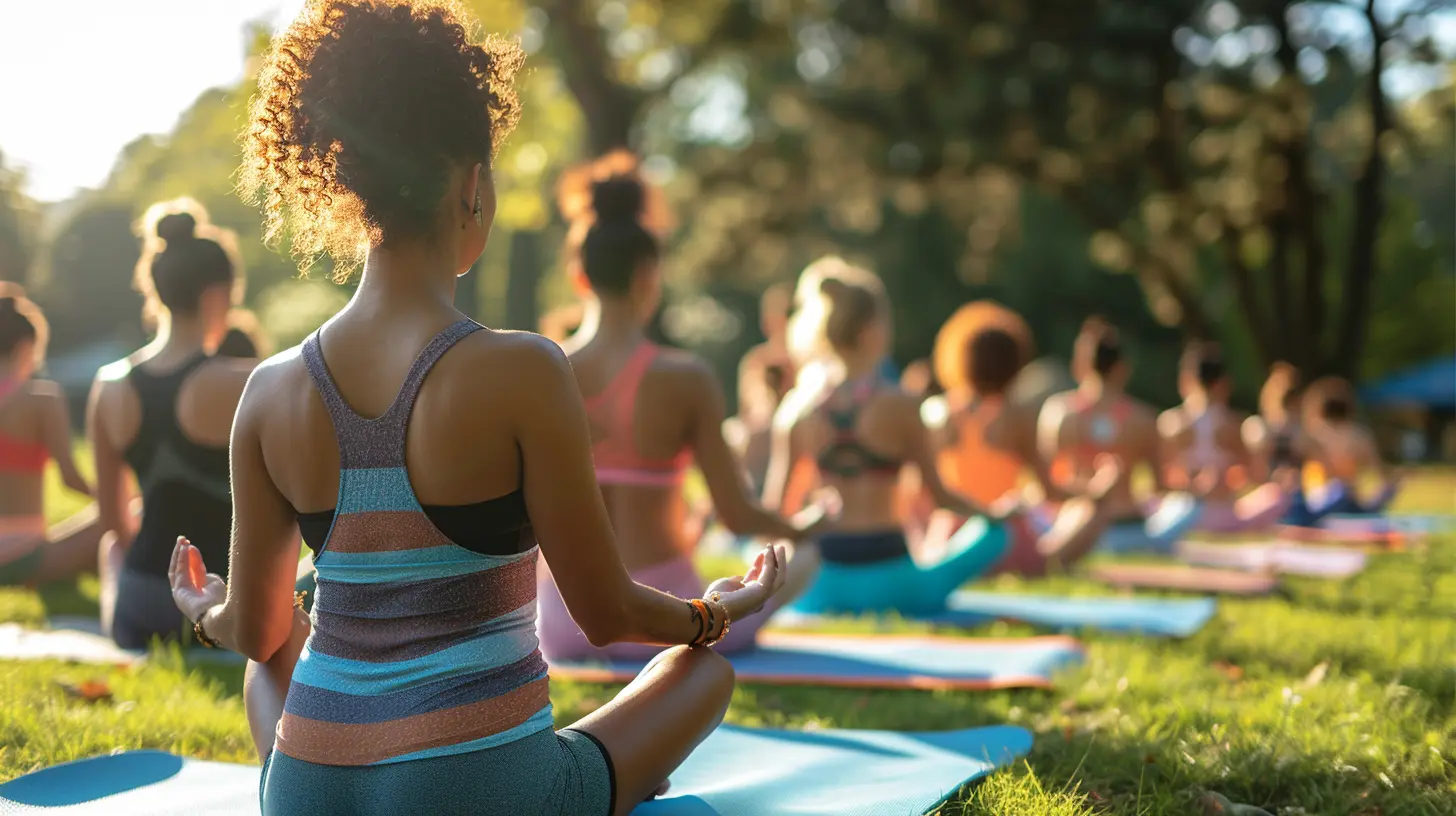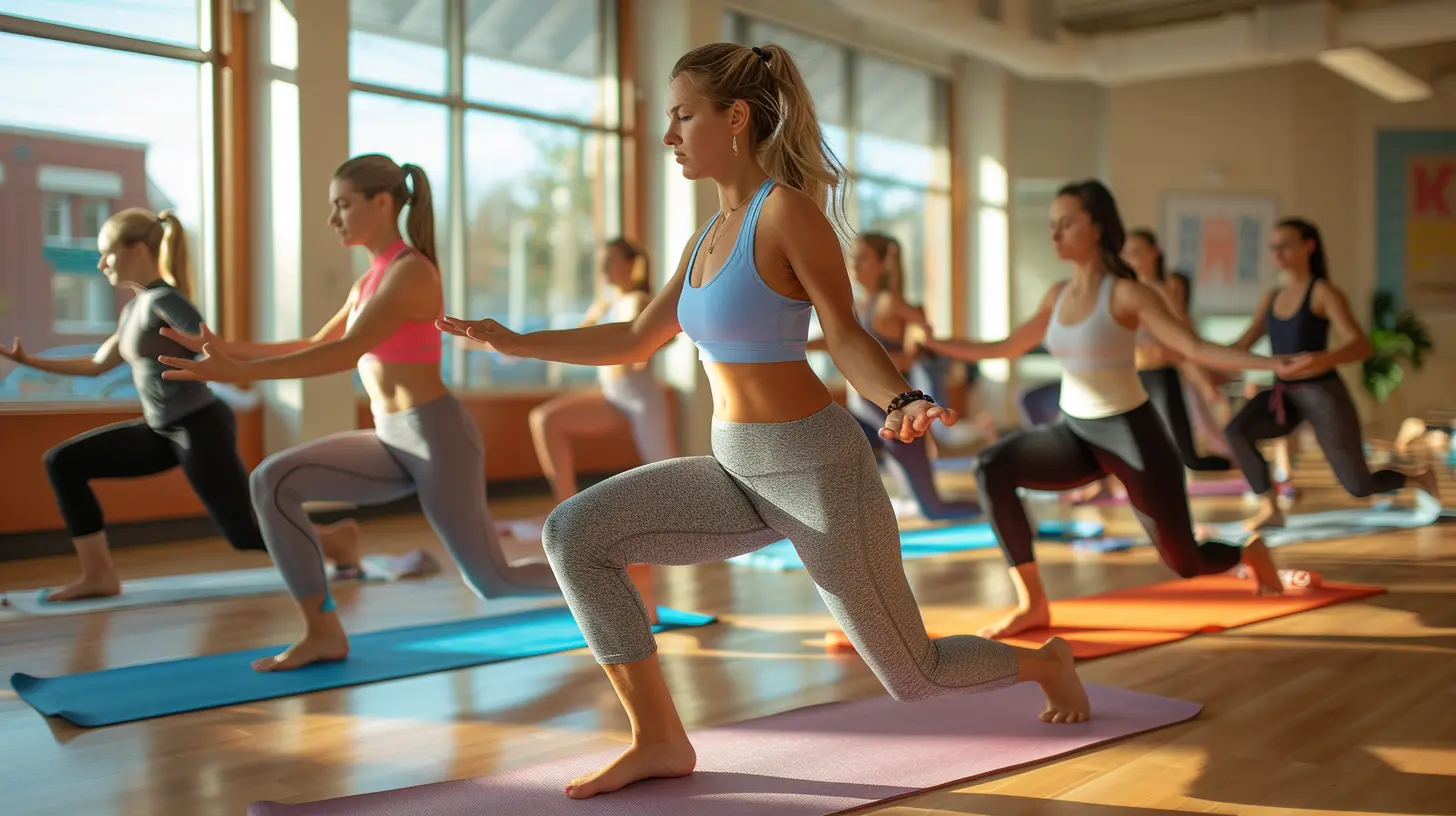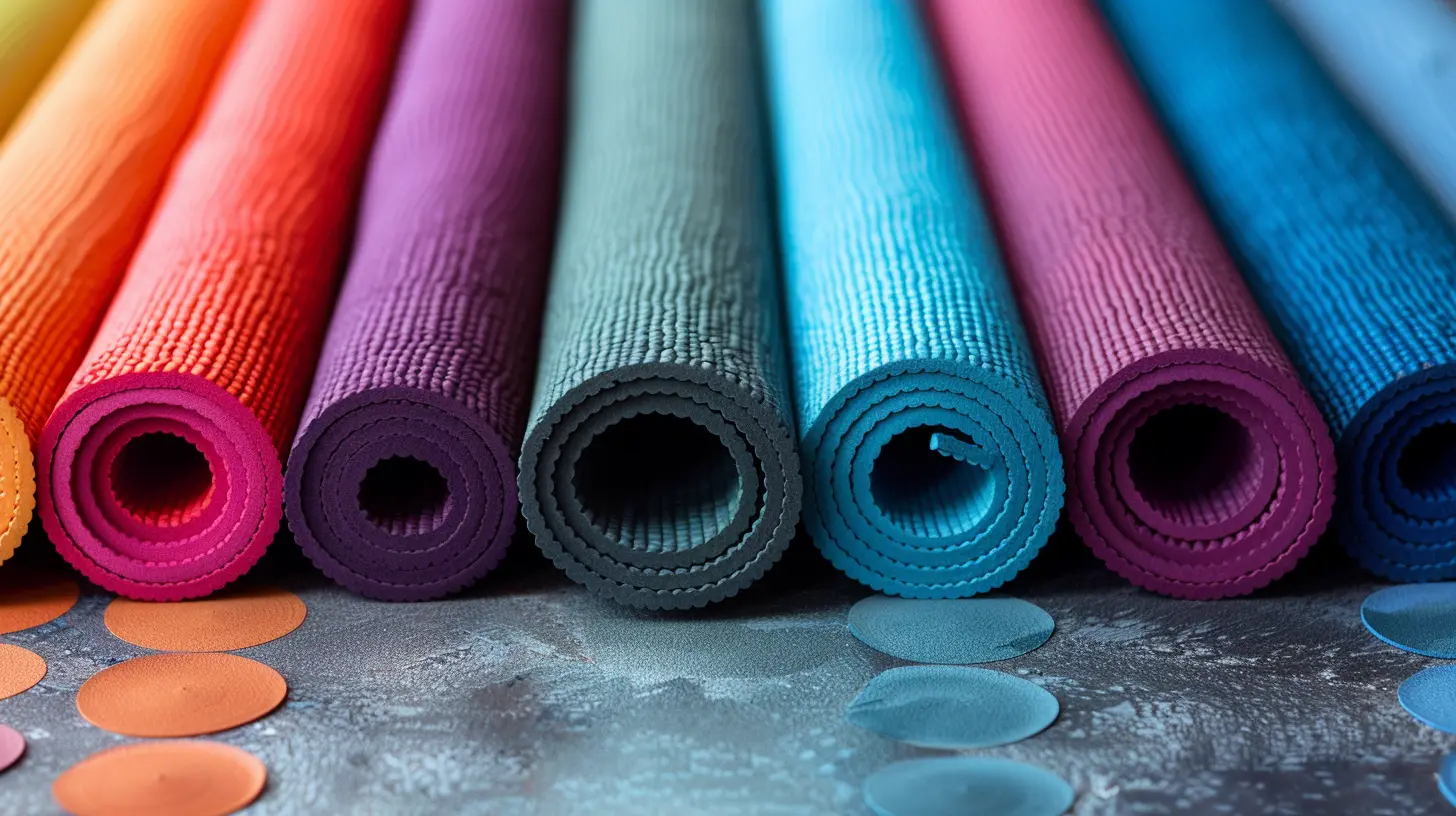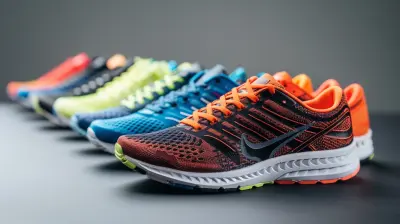How to Integrate Yoga into Your Marathon Training Plan
23 October 2025
Marathon training can feel like a cross between climbing a mountain and running through quicksand. Your legs are tired, your mind’s foggy, and your foam roller’s crying for mercy. Sound familiar? That’s exactly why weaving yoga into your marathon training plan isn't just an extra—it’s essential.
If you've been sidelining yoga as something only for low-key Sunday mornings, it's time for a mindset shift. Yoga isn't just stretching in slow motion—it’s about building strength, improving flexibility, managing your breath, and dialing in your mental game. All things that matter when you're pushing through mile 22 of a race with legs like cement.
Ready to find out how yoga can fit perfectly into your running routine? Let’s break it down.
Why Runners Should Care About Yoga
You might be thinking, “I run 40+ miles a week; why should I spend time on a yoga mat?” That’s a fair question. But here’s the thing—running pounds your body. Every stride hits your joints, tightens your muscles, and taxes your lungs. Yoga is that recovery tool that helps you stay mobile, strong, and injury-free.Yoga Helps with Recovery
Running creates microtears in your muscles, especially after long runs. Yoga acts as active recovery—it improves blood flow, removes toxins, and speeds up the healing process. It's like giving your muscles a gentle massage without the price tag.It Builds Functional Strength
Many runners focus on logging mileage but forget about overall strength. Yoga uses bodyweight movements that strengthen underused or neglected muscles like the core, hips, and glutes—which are essential for proper running posture and stride efficiency.Yoga Improves Flexibility and Balance
Tight hamstrings? Stiff hips? That’s pretty much every runner. Regular yoga stretches out those overused muscles, increases your range of motion, and helps correct imbalances. So instead of waddling like a penguin post-run, you’ll move smoother and recover faster.Mental Toughness and Breath Control
Yoga teaches you how to breathe deeply and stay mentally present. This becomes gold when you’re running long distances. That same breathing you use in Warrior Pose? It’ll help calm your nerves on race day and keep your rhythm consistent during tough miles.
When Should You Do Yoga During Marathon Training?
Let’s be real: your marathon schedule is already jam-packed. Between tempo runs, hill repeats, and long runs, fitting in yoga might feel like squeezing into skinny jeans after Thanksgiving. But trust me, it’s doable—and worth it.Post-Run Cool Down (2-3x/Week)
This is the easiest way to slip yoga into your routine without needing a full session. After an easy run or even a long haul, spend 10–15 minutes doing restorative poses like Downward Dog, Pigeon Pose, or Reclining Twist to stretch out and release tension.Best Poses Post-Run:
- Pigeon Pose – Opens up tight hips, glutes, and piriformis.
- Supine Hamstring Stretch – Lengthens the hamstrings and relieves low back tension.
- Legs Up the Wall – Reverses circulation and reduces swelling in the legs.
On Rest or Recovery Days (1-2x/Week)
Instead of binge-watching Netflix on your rest day (no judgment), do a 30-minute yoga flow. Focus on slower, yin-style movements that prioritize recovery, not intensity.Pro Tip: Treat this like active rest. It shouldn’t feel like a workout. Use it to reconnect with your body and breathe.
As a Cross-Training Option (1x/Week)
Most marathon plans include cross-training days, right? Use one of those days for a Power Yoga or Vinyasa Flow session. These are more dynamic, get your heart rate up, and build strength. This is especially helpful if you want to avoid high-impact options like cycling or HIIT.Great Yoga Styles for Cross-Training:
- Power Yoga – Builds strength with controlled, powerful movements.
- Vinyasa Flow – A faster-paced class that helps with agility and breath control.
Yoga Poses Runners Should Know (And Actually Do)
You don’t need to be a yogi with an Instagram following to benefit from yoga. Let’s keep it simple. Here are the MVP yoga poses every marathoner should have in their toolbox.Downward-Facing Dog
This is the Swiss Army knife of yoga poses. It stretches the calves, hamstrings, spine, and shoulders while also building strength in your arms and core. Plus, it just feels damn good after a long run.Low Lunge (Anjaneyasana)
Perfect for tight hip flexors caused by repetitive running strides. It helps open up your hips and improves posture—key for maintaining form late in a marathon.Bridge Pose
Don't sleep on this one. It strengthens your glutes, hamstrings, and lower back—essential for powering up hills and maintaining balance.Reclining Spinal Twist
Great for spinal mobility and easing tight lower backs. Ideal post-run pose for unwinding and balancing the body.Seated Forward Fold
This one targets your hammies and calves. Breathe into it and you'll feel the tension from your legs melt away like butter on toast.
Building a Yoga Routine That Fits YOUR Training Plan
You're not trying to become a yoga instructor, right? So don't stress about doing full classes every day. The trick is consistency and making yoga work for your marathon goals.Step 1: Evaluate Your Schedule
Look at your current weekly training plan. Slot in yoga sessions where you’ll benefit most—like after long runs, on rest days, or after tough interval workouts.Step 2: Mix It Up
Some days go for a 10-minute stretch session, other days go all-in with a full 45-minute class. Vary the intensity based on how your body feels.Step 3: Use Online Resources
There are thousands of free yoga videos designed specifically for runners. Find a few instructors you like and save your favorite routines.Step 4: Stay Consistent
Even 10 minutes a few times a week adds up. Don’t wait for the “perfect time” because there’s no such thing. Add yoga as a non-negotiable like your long runs.Avoiding Common Pitfalls When Mixing Yoga with Running
Alright, let’s talk mistakes. Because we’ve all been there—overdoing it on yoga, skipping it entirely, or picking the wrong types. Here are a few tips to avoid burnout and injury.Don’t Overstretch Cold Muscles
Doing deep stretches before a run? Big no. Save static poses for after your workout. Instead, try dynamic warm-ups like leg swings and lunges.Avoid Intense Yoga Before Speed Work/Hill Workouts
Power yoga is great—but doing it the morning before interval training? Not smart. You’ll end up with fatigued muscles when you need them fresh. Save intense yoga sessions for your easy or rest days.Listen to Your Body
Some days your body will scream for a child’s pose, not a chaturanga. And that’s okay. Modify poses. Use props. Skip the yoga class and do five minutes of breathing. It all counts.Benefits You’ll Feel by Race Day
So what happens when you stick with yoga throughout your training?- Fewer Injuries — flexible muscles are less likely to tear or strain.
- Faster Recovery — you’ll bounce back quicker after long runs and speed sessions.
- Better Posture — which means more efficient running form.
- Improved Breathing — trust me, deep belly breaths during mile 20 = lifesaver.
- Sharper Mental Focus — yoga teaches you to stay calm and centered, even when everything hurts.
That’s a long list of wins for something you can do from your living room.
Final Thoughts: Yoga Isn’t Just Stretching, It’s a Secret Weapon
You don’t need to trade your running shoes for a yoga mat. But integrating even a little yoga into your marathon plan can be a total game-changer. It helps prevent injuries, improves your performance, and keeps you sane during intense training weeks.Think of yoga as your low-key, unsung training partner. Quiet, flexible, and always down to help you get stronger—mentally and physically.
So next time you think you don’t have time for yoga? Ask yourself this: Do you have time for injuries and burnout?
Didn’t think so.
Roll out the mat. Your marathon self will thank you.
all images in this post were generated using AI tools
Category:
YogaAuthor:

Nelson Bryant
Discussion
rate this article
1 comments
Selkie Reese
Great tips! Yoga truly complements marathon training beautifully!
October 29, 2025 at 8:44 PM


